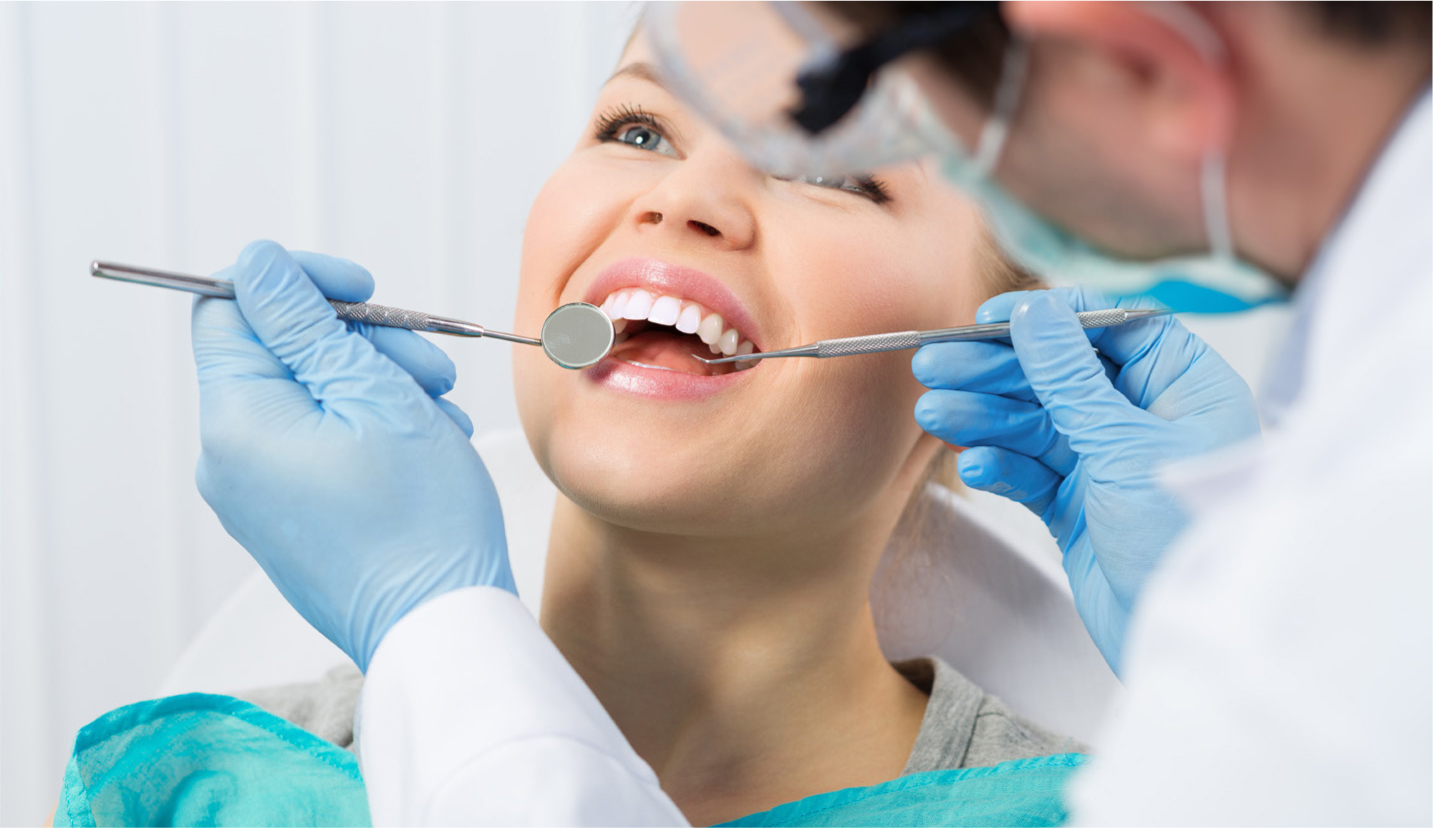References
Consideration of the ‘cooling off period’ as part of the consent process

Abstract
Kate Kelso, in conjunction with Tracey Bell Education and ICE Postgraduate Dental Institute, provides an insight into the cooling off period and what the guidance regarding this suggests in regard to non-surgical aesthetic treatments

 Patients could also feel under pressure to accept treatment if they are already in the dental chair or on the treatment couch, thus invalidating consent
Patients could also feel under pressure to accept treatment if they are already in the dental chair or on the treatment couch, thus invalidating consent
Before the first lecture in our postgraduate certificate programme in non-surgical facial aesthetics, a topic of conversation came up regarding giving patients cooling off periods in dentistry. This was a concept I had not considered in a formal manner before. As a general dental practitioner, I was used to providing treatment that was advisable, often necessary and sometimes in a somewhat urgent situation, such as relief of pain or treatment of infection. I always considered I was using a ‘best practice’ approach (General Dental Council [GDC], 2013; General Medical Council [GMC], 2013). I used to give patients time to think about their treatment options and whether they were happy with our agreed treatment plan, but it was not something I would formally offer every patient with every item of treatment. This was very different to the clinical situation I would find myself in when providing non-surgical facial aesthetic treatments, which is typically a cosmetic choice to be made by the patient. I became aware of advice aimed at aesthetic practitioners regarding this aspect of consent. With regard to non-surgical facial aesthetic treatments, the Joint Council of Cosmetic Practitioners (JCCP) advise the following:
Register now to continue reading
Thank you for visiting Journal of Aesthetic Nurses and reading some of our peer-reviewed resources for aesthetic nurses. To read more, please register today. You’ll enjoy the following great benefits:
What's included
-
Limited access to clinical or professional articles
-
New content and clinical newsletter updates each month


